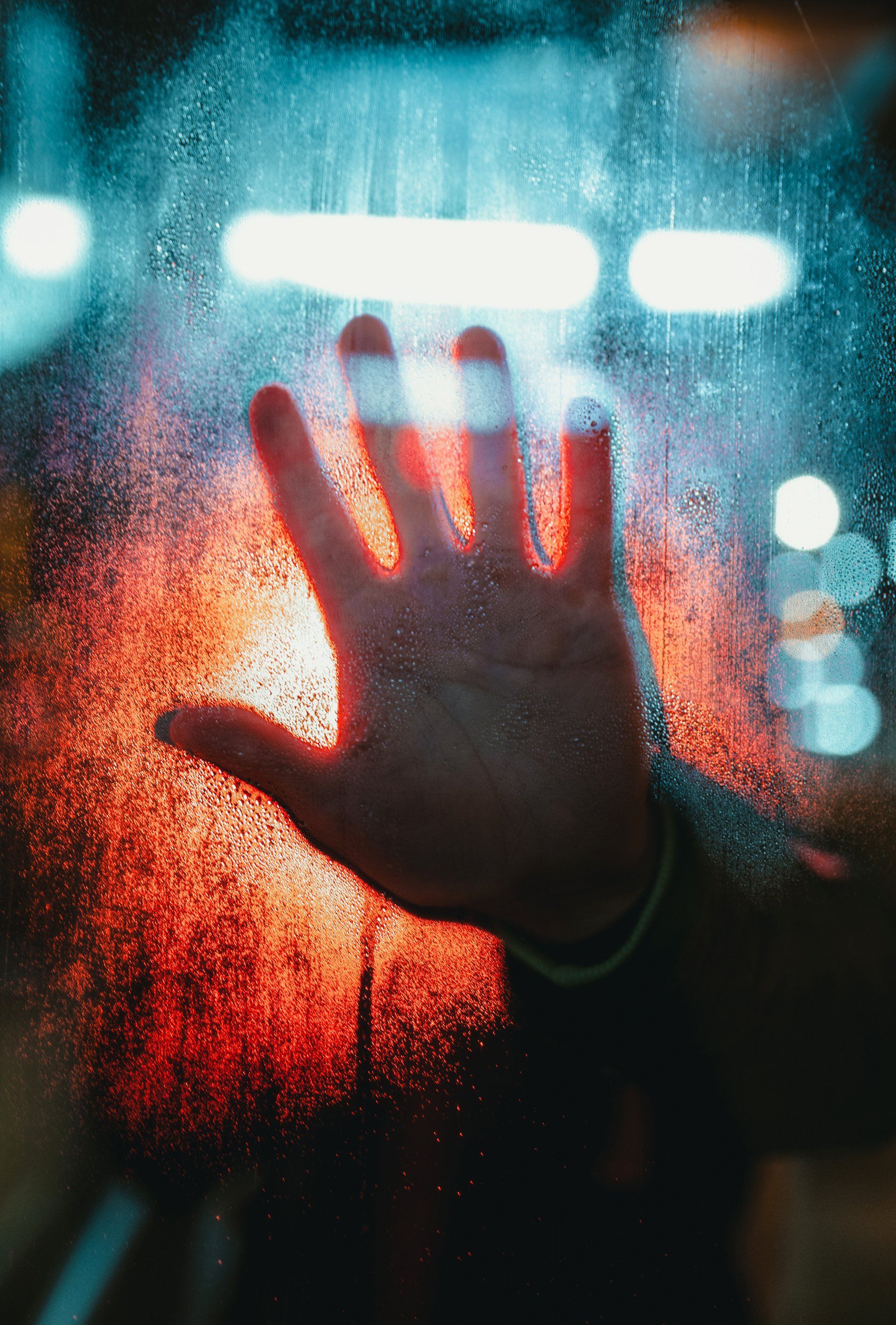Black Death’s origin discovered, news about post-covid brain fog
Last week we took a good look at the Black Death. In the past few days the original pathogens responsible for the infamous plague have finally been found, lurking inside bacteria in three ancient graves in Kyrgyzstan dating back to 1338. There’s also news about the latest research into the post-covid ‘brain fog’ that affects so many of us after we’ve recovered from the virus. Let’s take a look.
Black Death origins finally discovered in Kyrgyzstan
Newly-discovered grave pathogens look like the most recent common ancestor of the Black Death. They also gave rise to most of the plague strains circulating the planet today, according to Johannes Krause at the Max Planck Institute for Evolutionary Anthropology in Germany.
The plague first turned up in the written record during 1346, in the Crimea. The army laying siege to a city at the time decided to catapult plague-ridden dead bodies over the city walls, and the people who fled took the plague with them to Europe.
Scientists previously thought the original plague may have come from somewhere in east and central Asia. But a series of Kyrgyzstan tombs engraved with ‘pestilence’ as the cause of death, and dates suggesting plague, piqued scientific curiosity. The resulting recovered DNA from the bacterium that causes plague, Yersinia pestis, was found in three graves, and the DNA in it was sequenced to prove the point.
These days Yersinia pestis infects a variety of rodents around the world. The plague bacteria that currently affects marmosets in the same region in Kyrgyzstan as the graves are genetically the most similar to the old grave samples. And that suggests this is the place where the plague first jumped from animals to humans. It’s good to know, since the more we understand about pathogens and how they originate and spread, the better armed we are against them.
About post-covid brain fog – The latest science
Millions of us around the globe are experiencing difficulties with cognitive functioning after a dose of covid. Brain fog has become famous as a result. But it has been around a lot longer than covid. People with a broad variety of medical problems have suffered from brain fog, and it can last a long time. There are hopes that the surge in covid-related brain fog will kick off the research needed to establish what’s going on and, ideally, find a cure.
Brain fog reports go back to the early 1800s, when a German physician described the cognitive deficits people suffered when delirious. In the 1990s it was showcased thanks to important new work on chronic fatigue syndrome and various autoimmune problems. It has always affected many more women than men, often dismissed as hysteria or exaggeration, so it’s good to see the condition finally getting the scientific attention it deserves.
Around 10 – 25% of people with covid get Long Covid to one degree or another. Brain fog is one of the top three symptoms. A 2021 survey of just under 1000 adults in the USA showed almost 50% reporting brain fog, including forgetfulness and issues with concentrating.
Research into the virus proves how a lot of the damage caused by covid happens thanks to an overactive immune response, potentially leading to inflammation in the brain, which slows down our neural works, leads to cell damage and death, and affects brain cells’ ability to communicate. But we also know covid can affect our circulation, with possible changes to the blood vessels affecting the crucial barrier between the blood and the brain.
Things like inflammation and compromised blood vessels can lead to a lack of essential brain cell nutrients and issues with blood flow. This could explain why brain fog affects people so differently, and why it can fluctuate so dramatically from bad to bearable and back again. It also suggests people should be able to recover from brain fog, eventually getting better.
There’s more. It looks a lot like pre-existing issues like sleep apnoea, migraine and ADHD, depression and anxiety can make existing brain fog-like symptoms worse post-covid. The same sort of increased inflammation is also found during menopause, and when we suffer an autoimmune disease.
The long and the short of it is that brain fog is ‘really complicated’, involving ‘dozens of different factors beyond inflammation’. On the bright side most research so far suggests as long as any underlying medical conditions are treated properly, those with brain fog should begin to improve within three months.
Avoid covid - Avoid the risk of brain fog
If it’s at all possible you’ll want to avoid getting covid and avoid spreading it, especially with another wave possibly underway. Our affordable, highly effective and safe LED UCV lighting kills covid in a variety of ways and in all sorts of business settings, reliably and quickly. It’s a proven way to keep you safe, your employees safe, visitors, suppliers and customers safe from covid and long covid. And it’s a handy tool in the box for stopping scary new covid variants getting the opportunity they need to develop and spread.
SOURCES
https://www.newscientist.com/article/2324597-origin-of-black-death-finally-found-in-bacteria-from-kyrgyzstan-graves/
https://www.newscientist.com/article/mg25433902-300-we-are-finally-starting-to-understand-brain-fog-and-how-to-treat-it/










